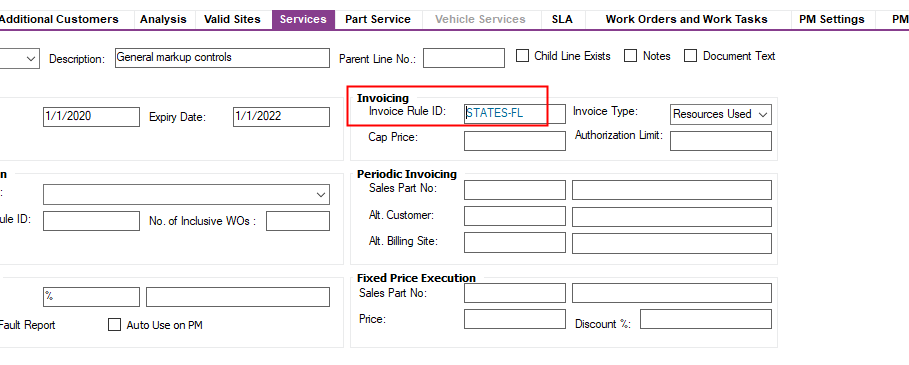In Apps 10 I have a service contract with multiple lines and appropriate objects in scope for each line and each line is for a different work type.
One of my lines is for Emergency Work which has a Invoice Type of Resources Used (T&M).
I have a Customer Agreement for the Contract Customer Header that has all my pricing. i.e. Non-Inventory Sale Part No. ‘LABOR’ and $100/hr
The above works fine without issue. Now here is where I am looking for suggestions. The labor price is dependent on where the work is performed. If it was in TX is could be 130/hr, and Florida could be 135/hr.
How would I achieve this automatic pricing with my Service Contract and Customer Agreement based on location of equipment?
Best answer by paul harland
View original





